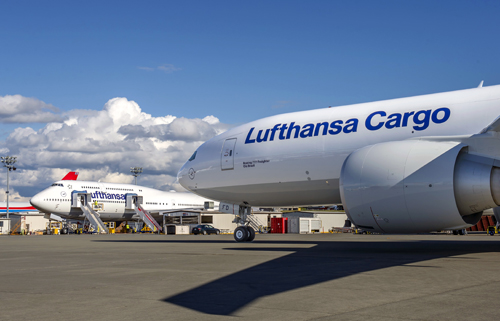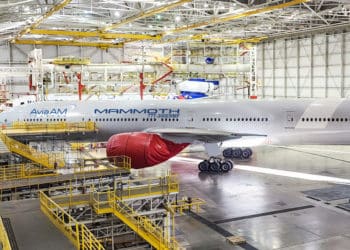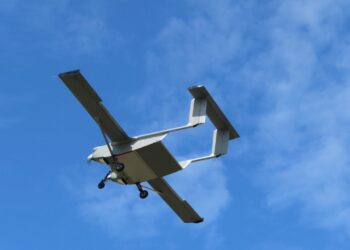DB Schenker, Lufthansa half-way to 2020 emissions reduction target
 A five-year strategic partnership between Lufthansa Cargo and logistics provider DB Schenker to reduce carbon dioxide emissions is well on track to meet its goal of reducing 20,000 tonnes of CO2 output by 2020, both companies said today.
A five-year strategic partnership between Lufthansa Cargo and logistics provider DB Schenker to reduce carbon dioxide emissions is well on track to meet its goal of reducing 20,000 tonnes of CO2 output by 2020, both companies said today.
To date, Lufthansa and Schenker have already reduced their CO2 out put by more than 10,000 tonnes, combined, under their joint Carbon Reduction Agreement. In a statement from Schenker, both companies expect to continue this pace and reduce emissions by a further 10,000 tonnes by 2020.
When it comes to carbon footprints, carriers and forwarders have a target on their backs — a fact that Schenker and Lufthansa know all too well. Andrea Dorothea Schön, who leads Schenker’s efforts at climate protection and CO2 control, said that about 40 percent of all direct and indirect CO2 emissions from the forwarding company come from air cargo shipments. “As a logistics service provider, we bear a particular responsibility when it comes to planning and implementing our emissions-intensive transports,” she said.
On the carrier side, Lufthansa Cargo’s mixed freighter fleet consumes just 1.89 litres of fuel, on average, to transport 100 kilograms a distance of 100 kilometers, said Bettina Jansen, the airline’s head of environmental management. “Our five new Boeing 777Fs are the most efficient freighters in their class,” she said. “In addition to this, we are using particularly lightweight containers, polishing even our engine blades for maximum efficiency and driving the digitalization of air cargo documents together with our partners.”
To ensure further success of the Lufthansa-Schenker partnership, both companies have incorporated transparent emissions reporting procedures as part of their “sustainable, long-term business relationship,” Schön said. “The agreements are milestones as they allow us to incorporate sustainability aspects into business relationships,” she added.




